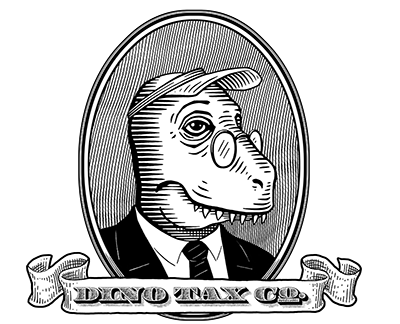Savings bonds are the generally unsexy investment instrument where a certain principal amount is invested with the federal government and an amount of interest is received over the term of the bond. It’s not glamorous or high risk and therefore considered a bet that’s very safe to make. In terms of tax treatment, the interest earned on a savings bond is taxable, as can be expected. However, that’s not the case if you purchase U.S. savings bonds for the purpose of participating in the Education Savings Bond Program, as the interest is tax free if certain criteria are met.
Specifically, you must pay income tax on savings bond interest in the year it is earned or in the year the bond is cashed. However, if you buy qualified U.S. savings bonds that you use for qualified education expenses, some or all of the interest on these savings bonds is not taxable. A qualified U.S. savings bond is a series EE or I bond with an issue date after 1989, which must be issued in your name or your and your spouse’s names. Additionally, you must be at least 24 years old on the date of the bond’s issue.
Series EE and I bonds are the two types of savings bonds issued by the U.S. Treasury. EE bonds are guaranteed to at least double in value and have an initial term of 20 years, typically. Series I bonds give their investors a degree of purchasing power protection because they have a fixed interest rate and a variable rate determined semiannually to adjust for inflation.
A taxpayer’s ability to participate in the Education Savings Bond Program phases out between income levels of $81,100 and $96,100 if your filing status is single or head of household, and between $121,600 and $151,600 if married filing jointly. Note that if your filing status is married filing separately, you’re completely ineligible of taking advantage of education savings bonds.
In the context of education savings bonds, qualified education expenses are those paid for you, your spouse, or a dependent and encompass: tuition and fees, contributions to a qualified tuition program or a Coverdell education savings account.
As with all other education expenses that impart a benefit to the taxpayer, you’ll need to reduce the amounts of expenses that are already tax exempt, deducted, or used for other tax benefits such as those stemming from the following: scholarships, distributions from 529 plans or Coverdell education savings accounts, veterans’ educational assistance benefits, qualified tuition reductions, employer-provided educational assistance, the American opportunity credit, or the lifetime learning credit.
An educational institution is basically any postsecondary school that is eligible to participate in any one of the U.S. Department of Education’s student aid programs, even including for-profit schools and foreign institutions, if the latter participates in the Federal Student Aid programs.
When figuring the amount of your interest that is tax free, if the amount of your qualified education expenses does not eclipse the total amount of the proceeds from your savings bonds, then, all other requirements being met, the total amount of interest is tax free. However, if the amount of the total proceeds from cashing in the bond yields an amount greater than your qualified education expenses, only part of the interest is tax free. In that case, the tax free interest is that percentage of interest equal to the ratio of qualified education expenses to the total proceeds from cashing in the savings bonds. For example if your qualified education expenses were $4,000 and your total proceeds were $5,000, and you had $2,000 of interest, then the percentage of tax free interest is equal to $4,000/$5,000 or .8, which equates to $1,600.
Finally, use Form 8815, Exclusion of Interest from Series EE and I U.S. Savings Bonds Issued after 1989, which functions to figure the amount of interest excludable from taxable income. Then, enter the amount of excluded interest on Schedule B, Interest and Ordinary Dividends, line 3.
If you’d like to know more about the tax benefits of education see IRS Publication 970.
If you need any help figuring or accounting for the tax free interest from cashing in your U.S. education savings bonds, or you have any other tax problems or concerns, call Dino Tax Co at (713) 397-4678 or email davie@dinotaxco.com. We’re always here to help and the first phone consultation is always free. Also, consider liking us on Facebook: www.facebook.com/dinotaxco.

Leave A Comment